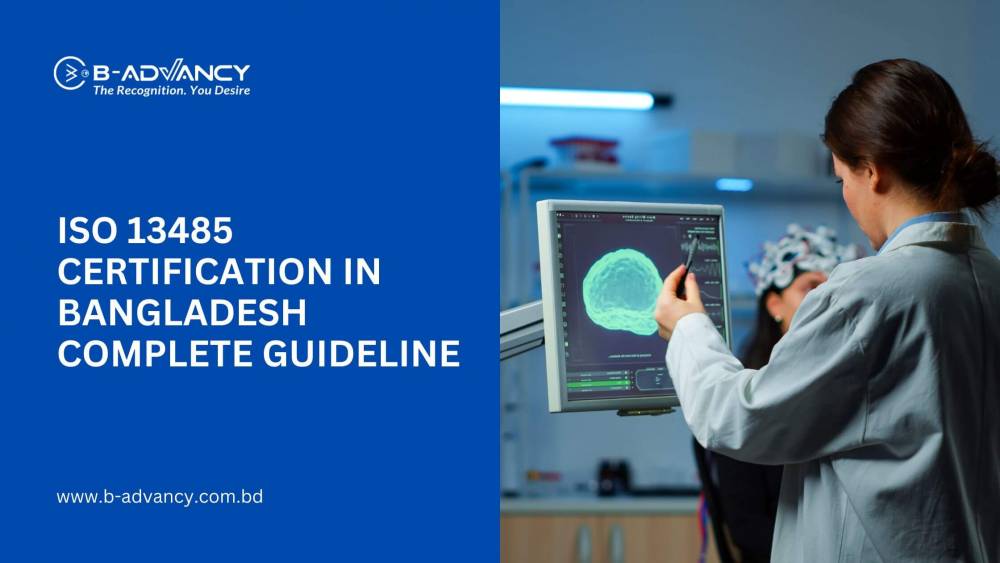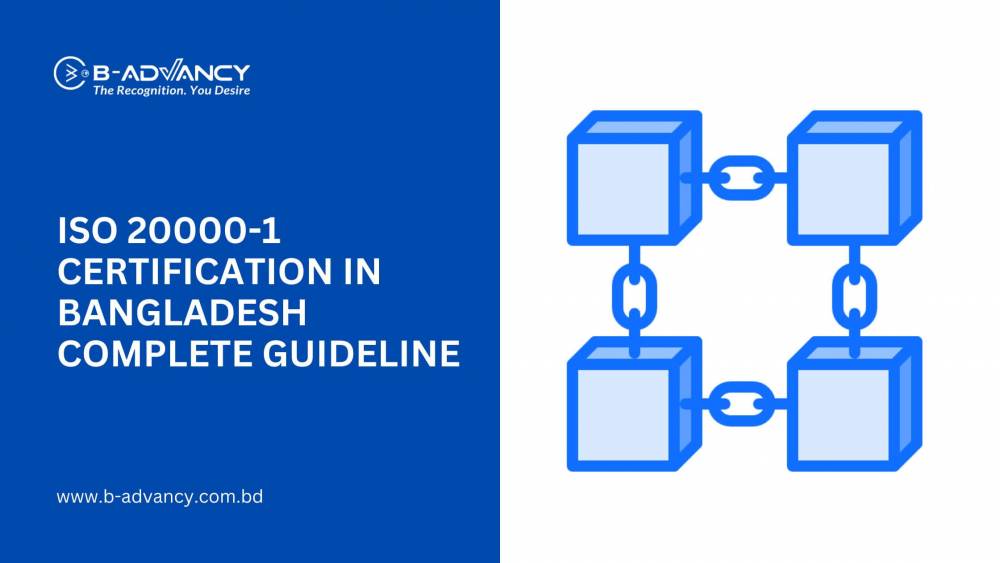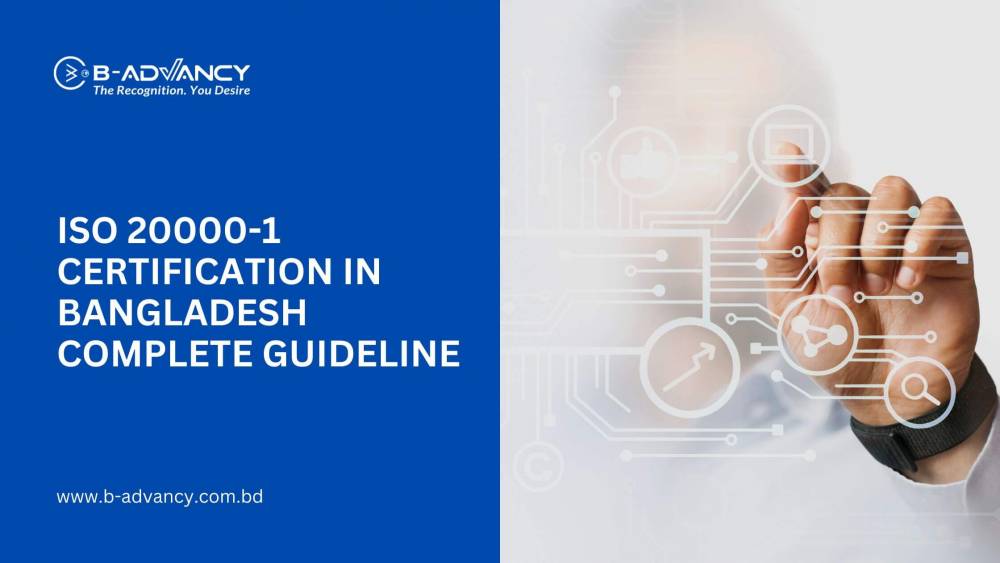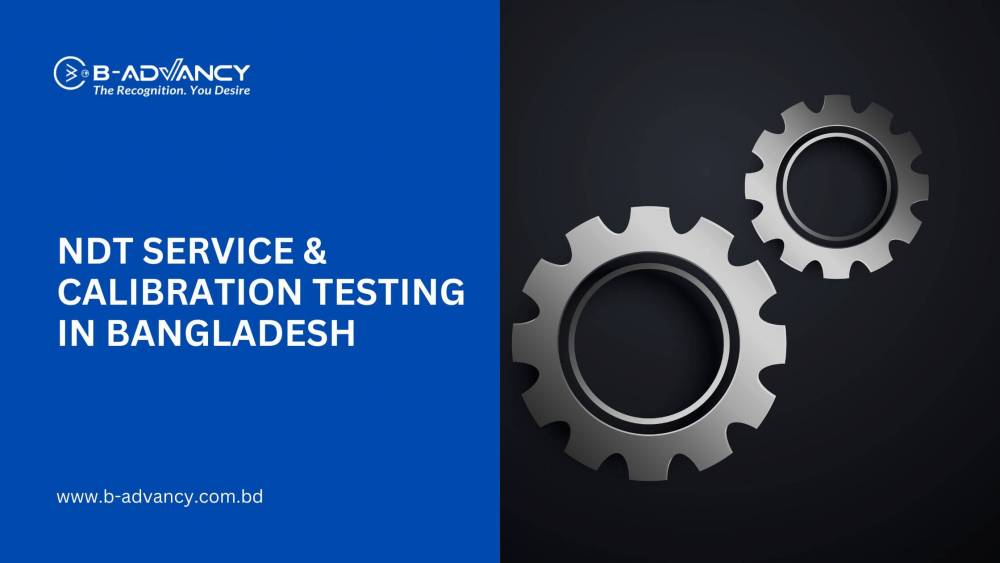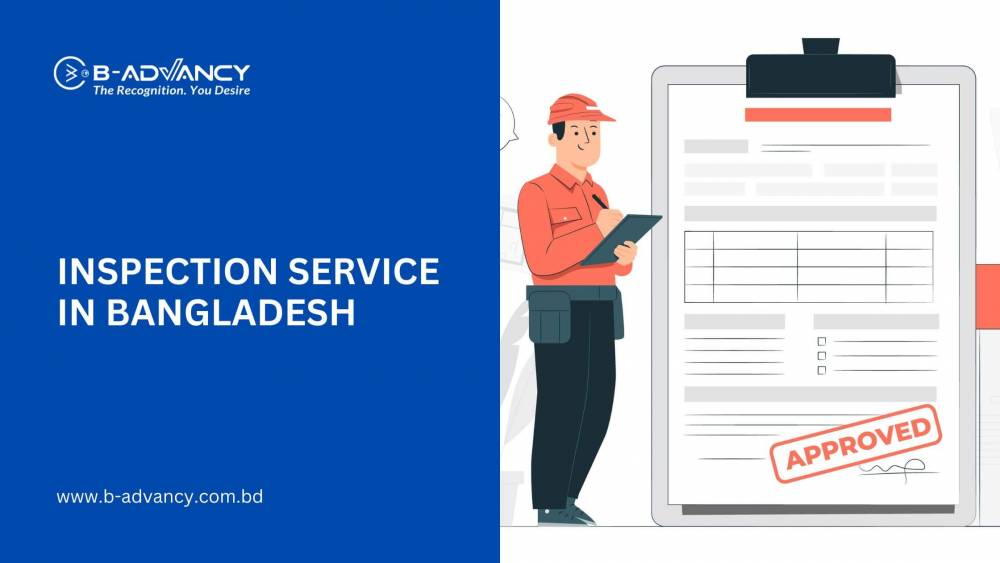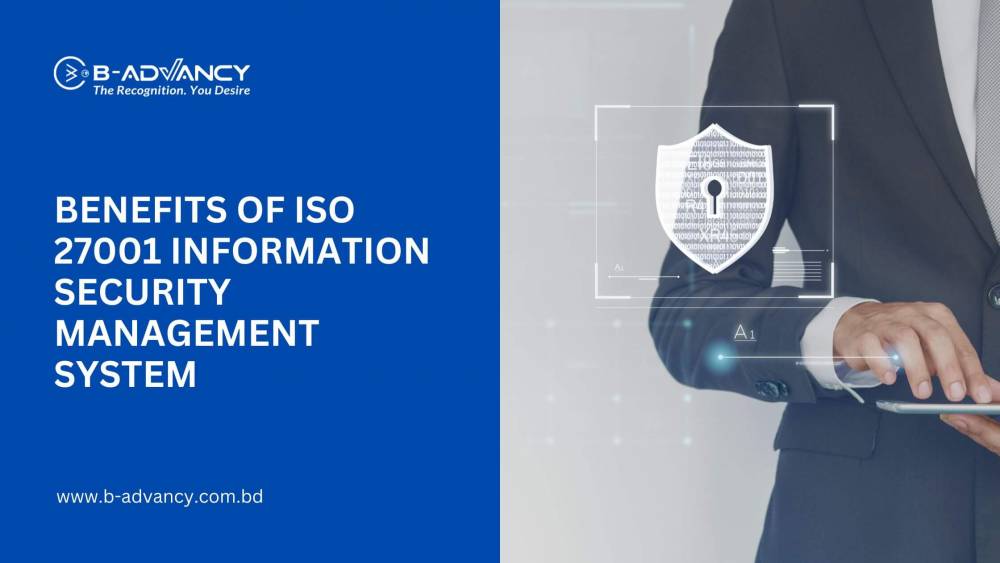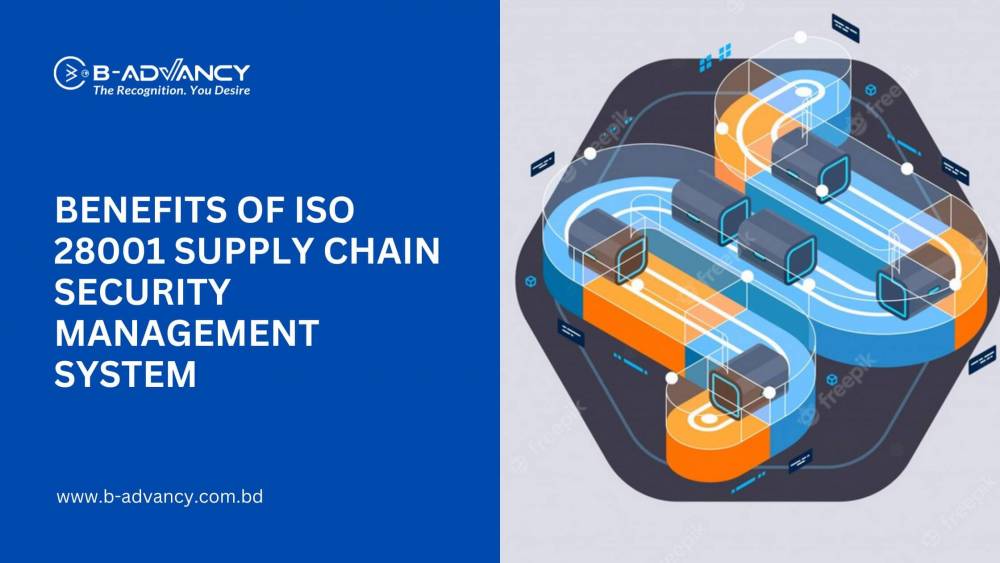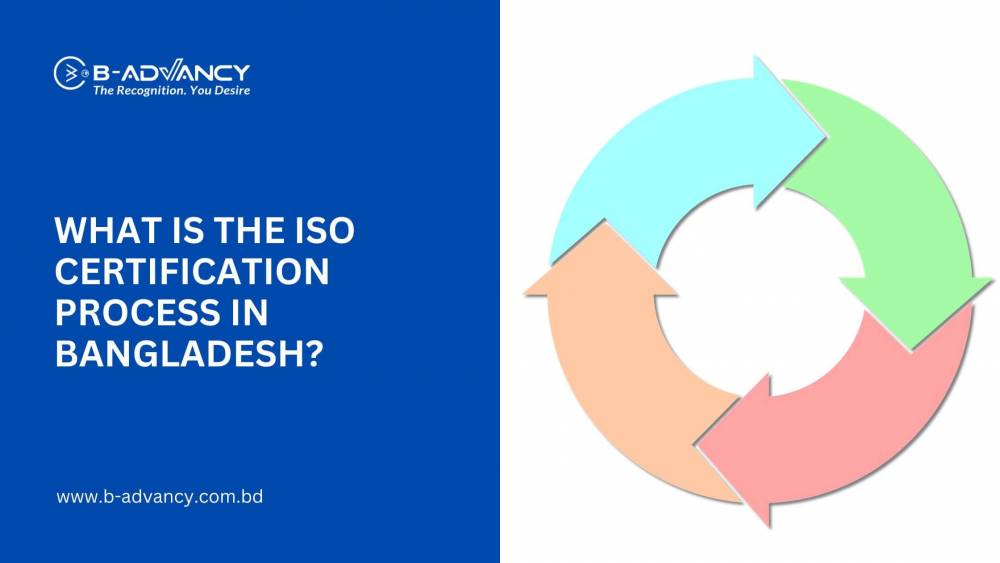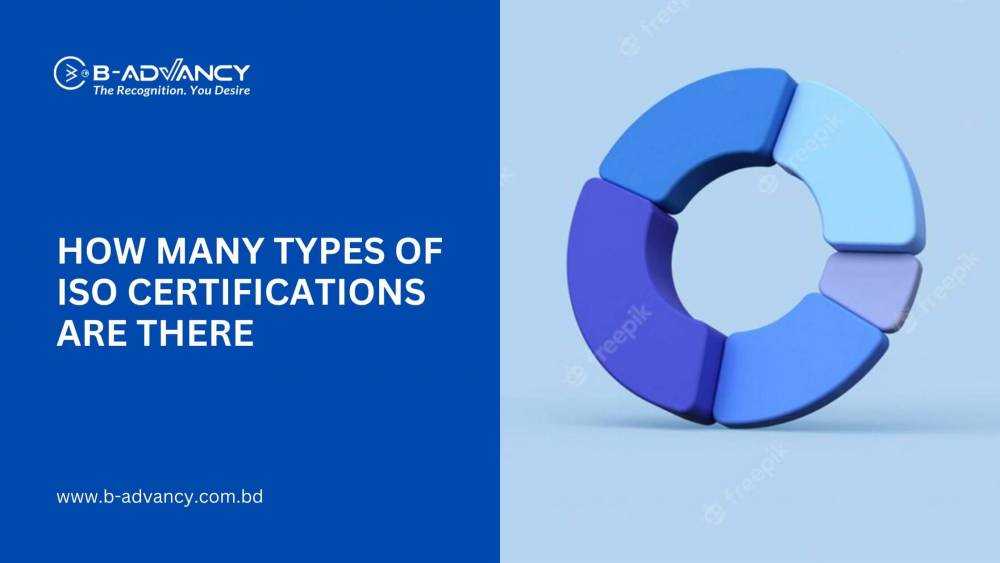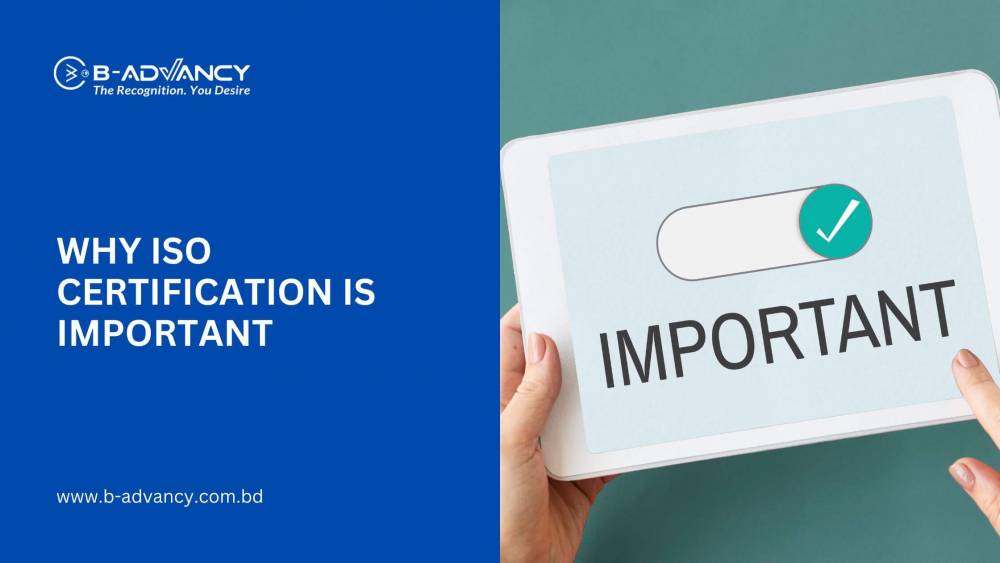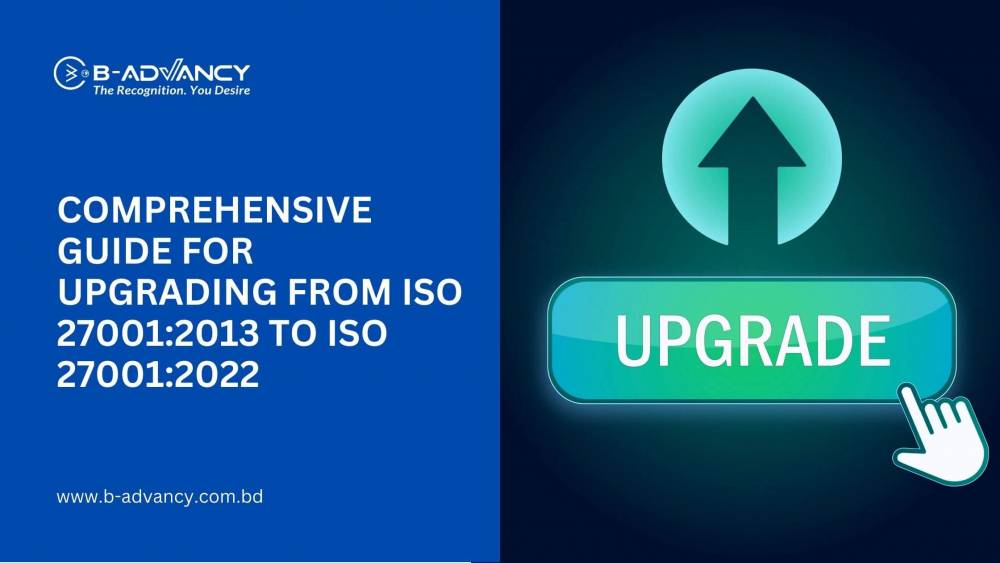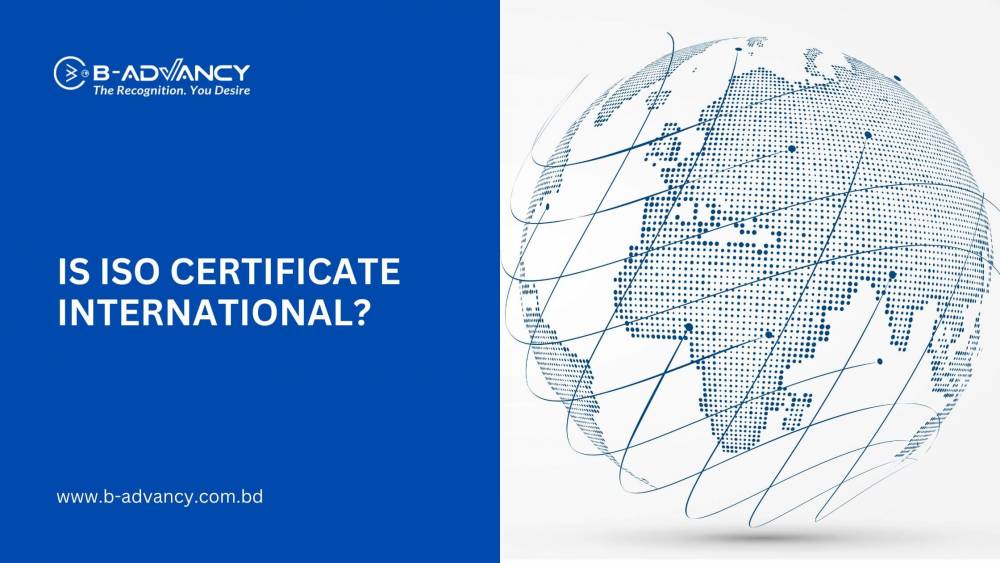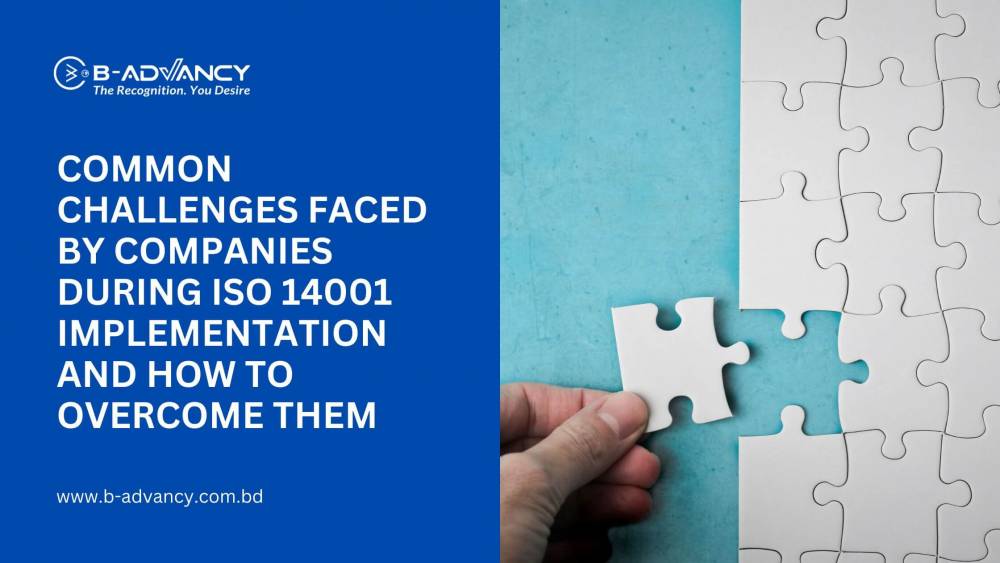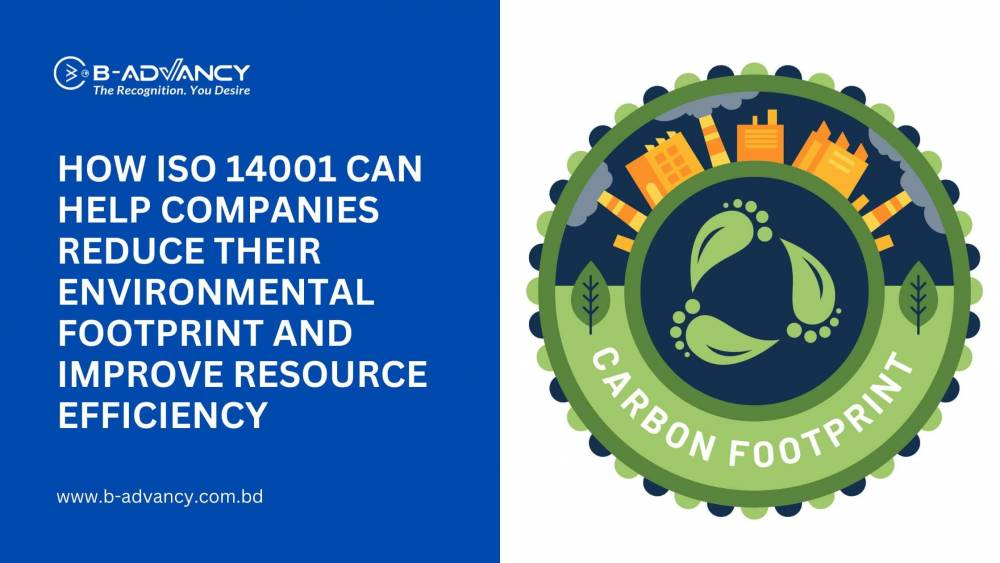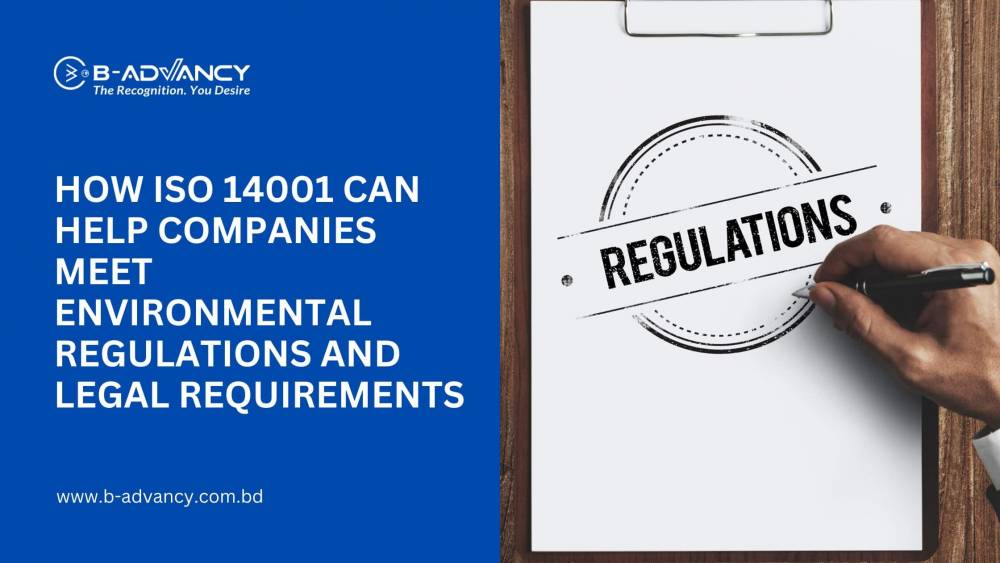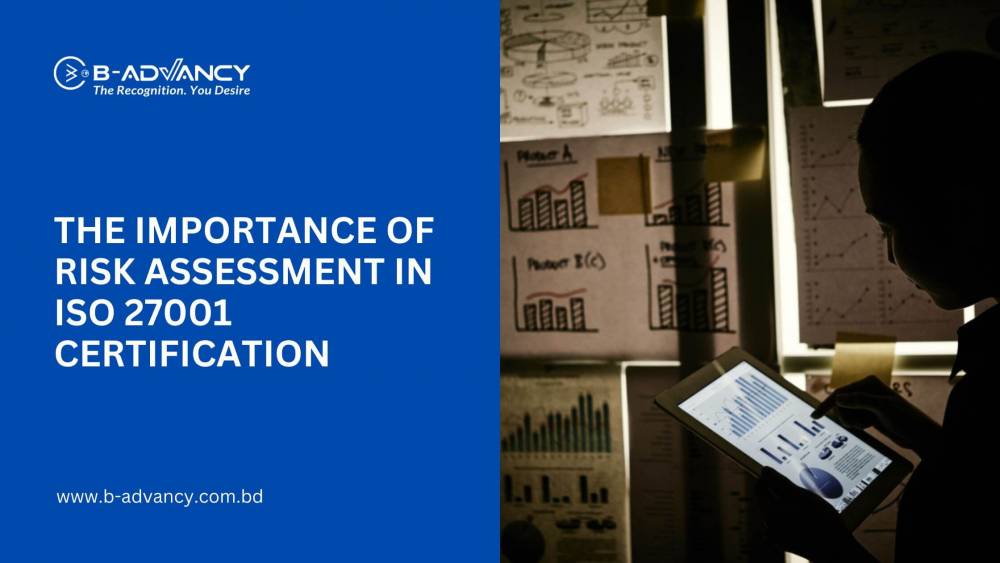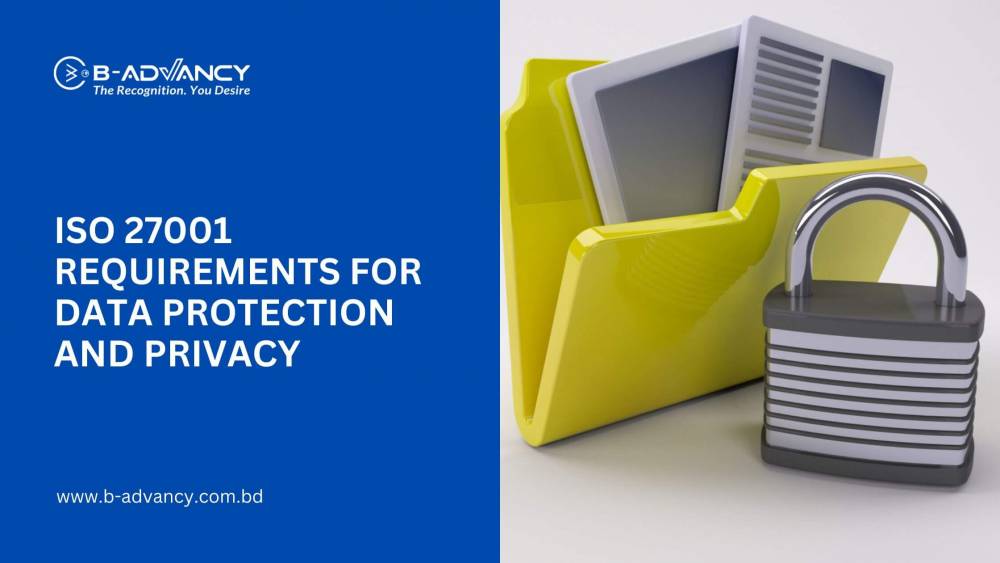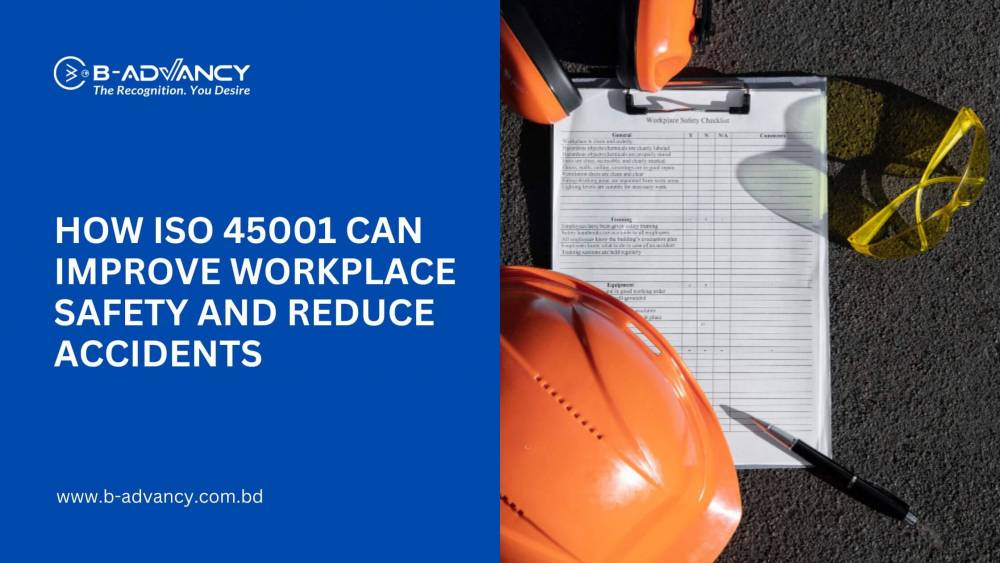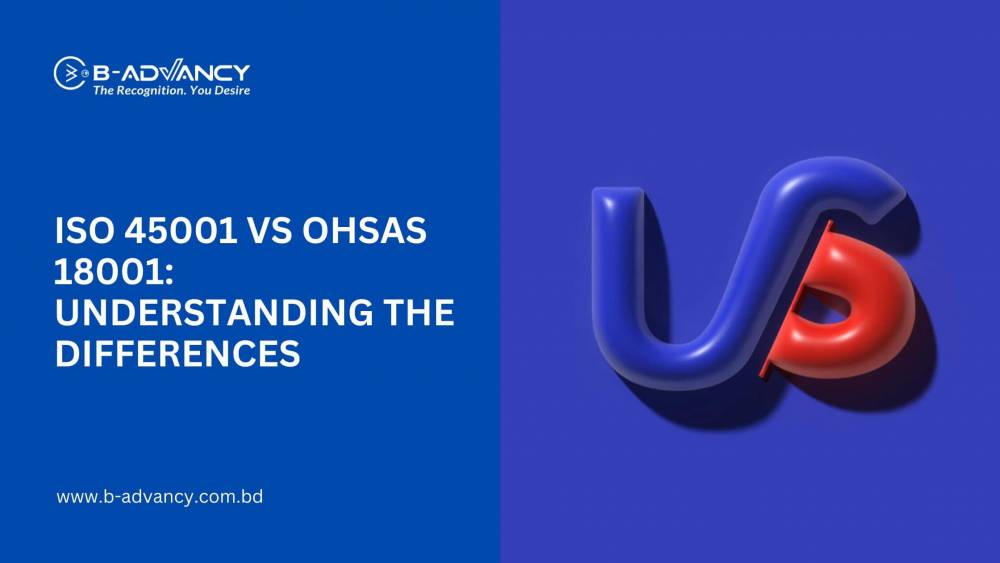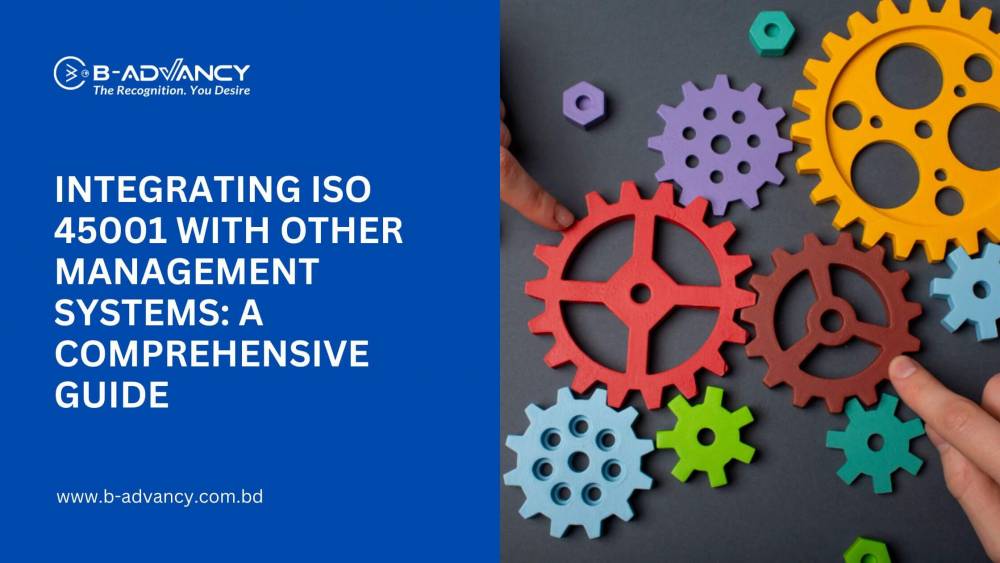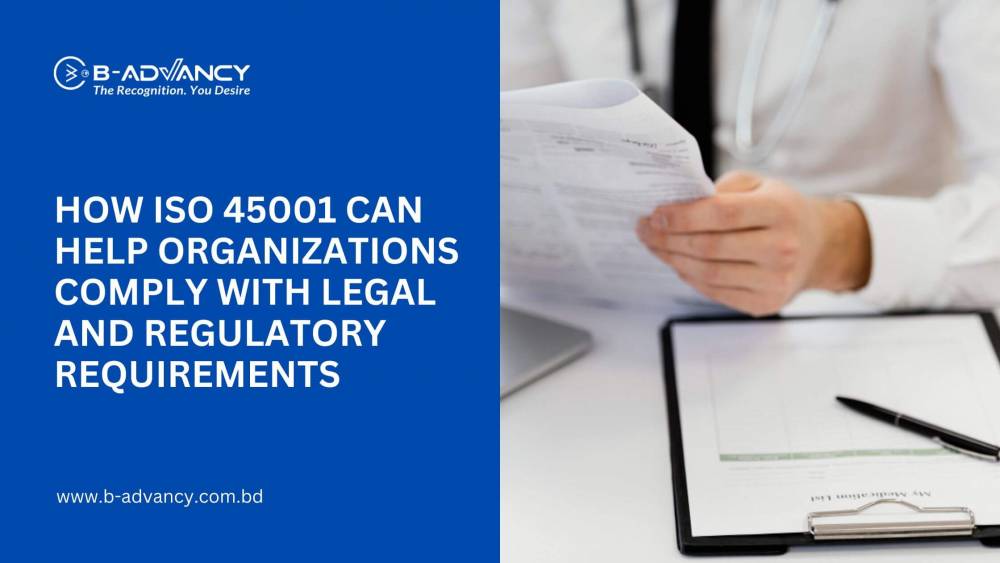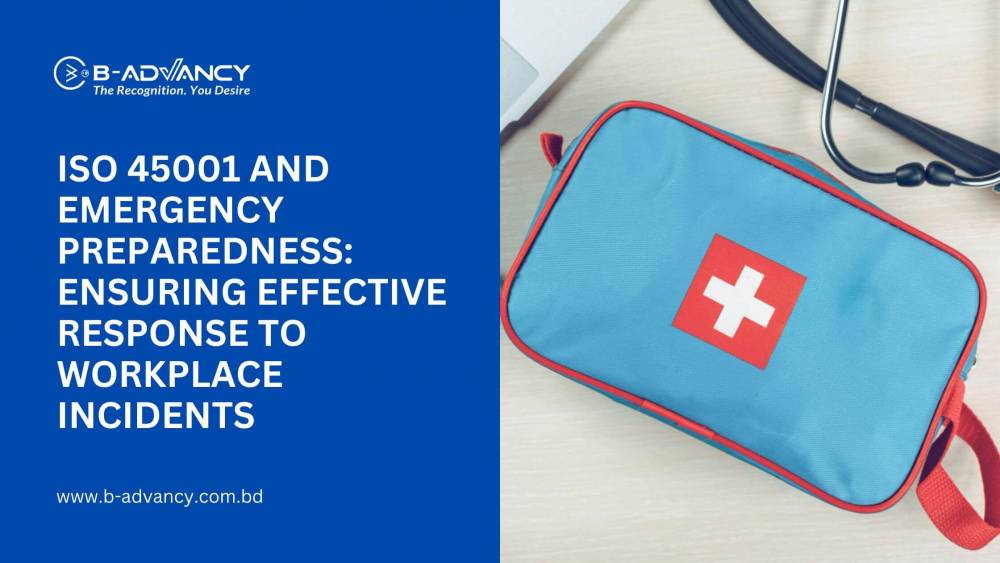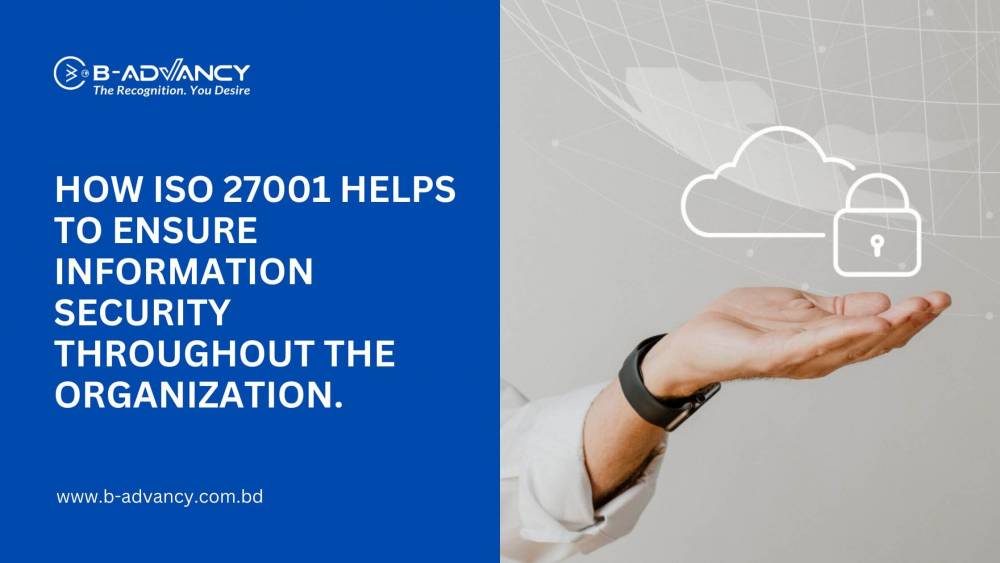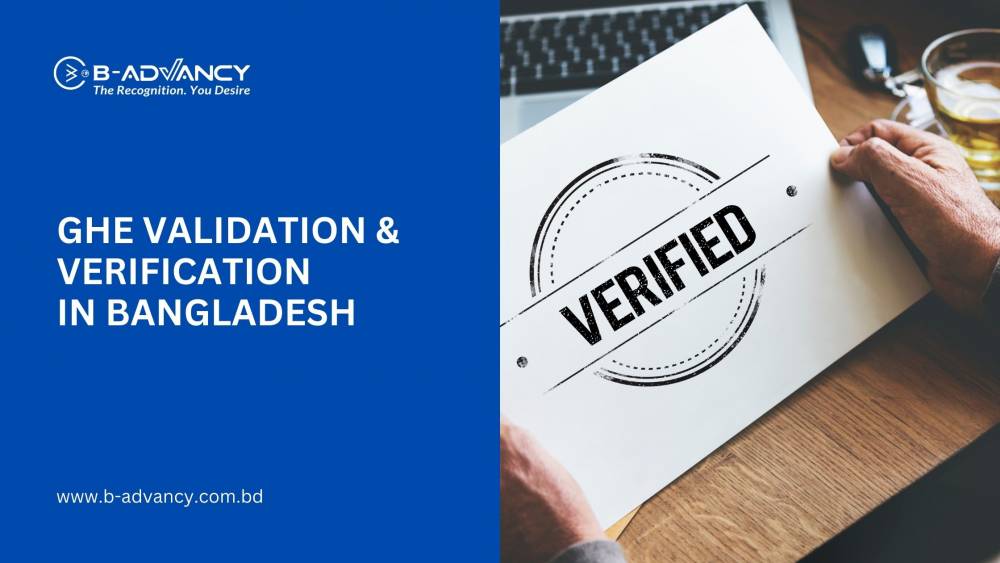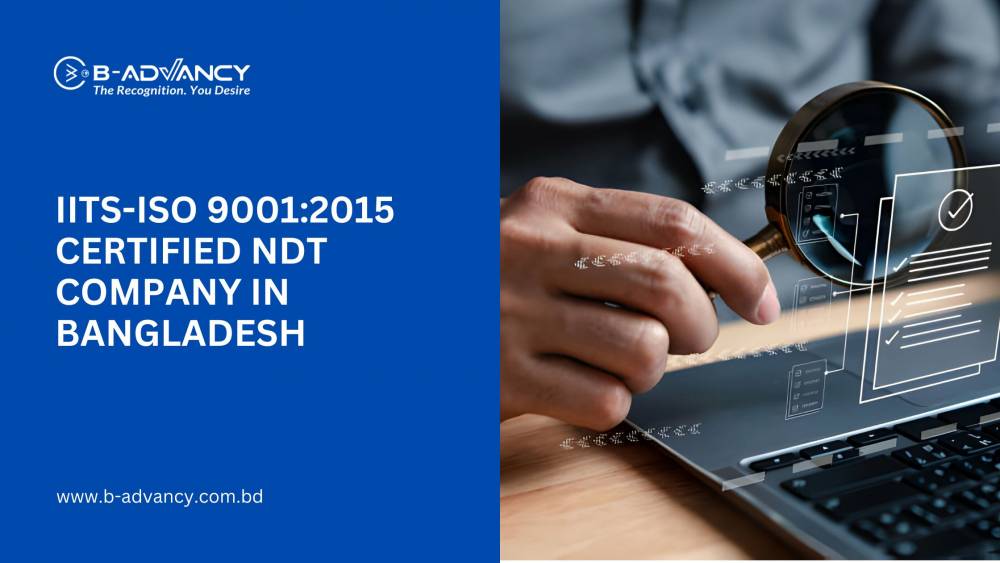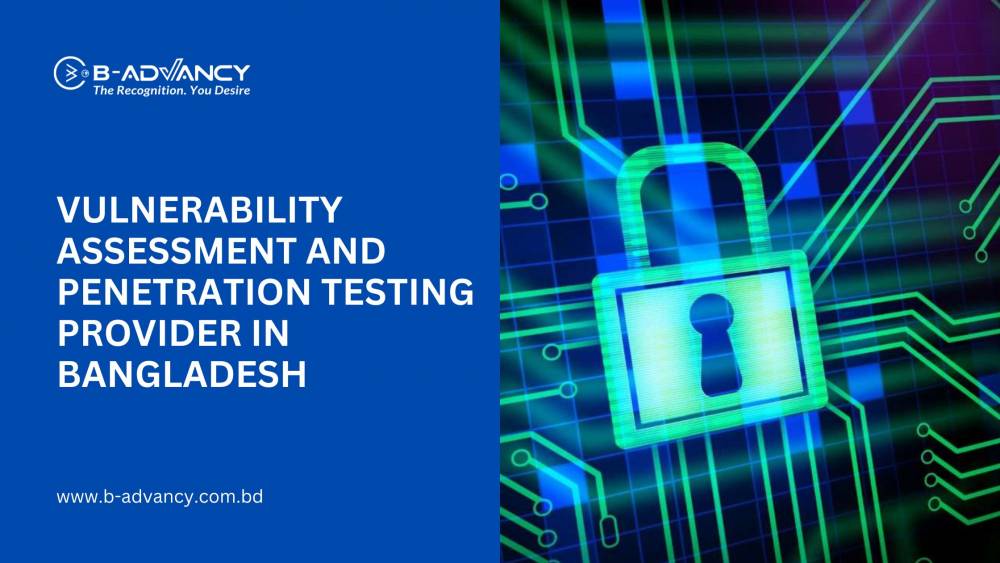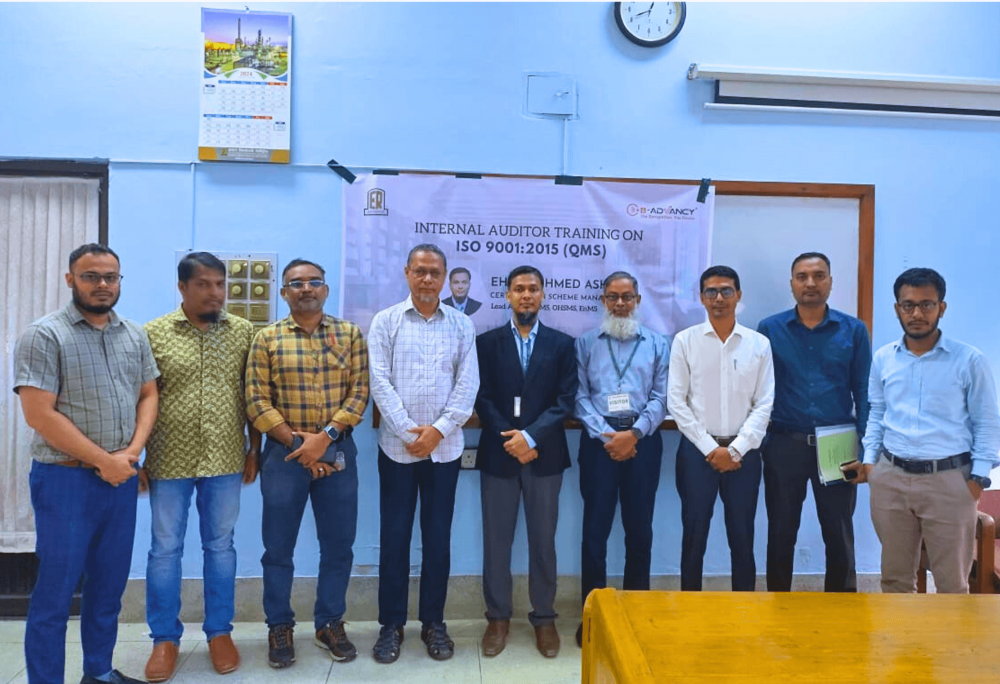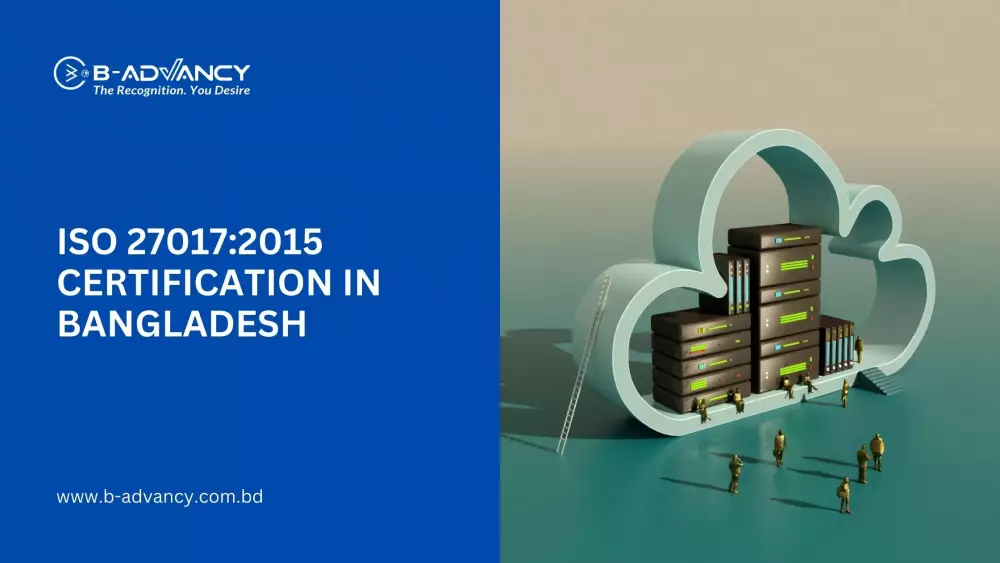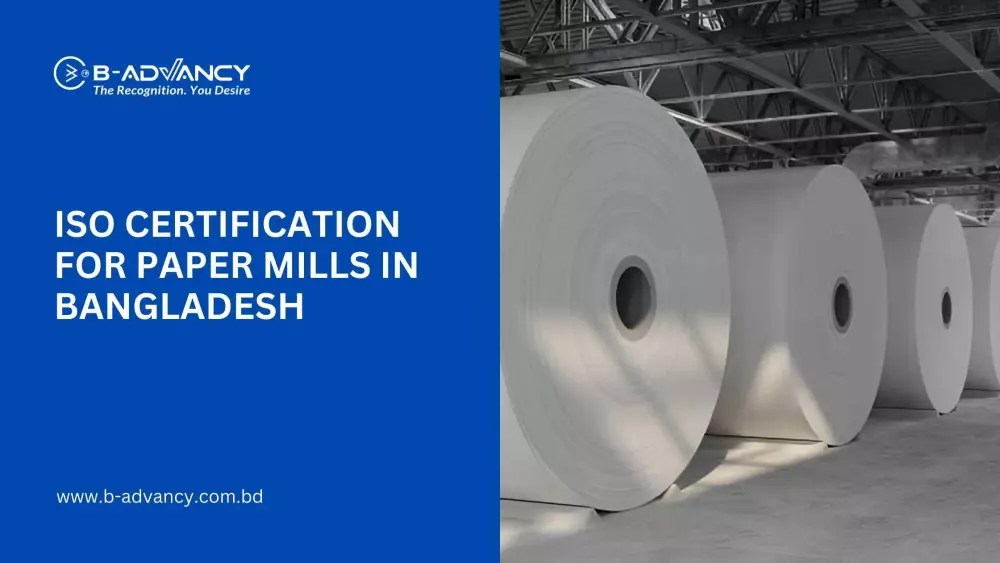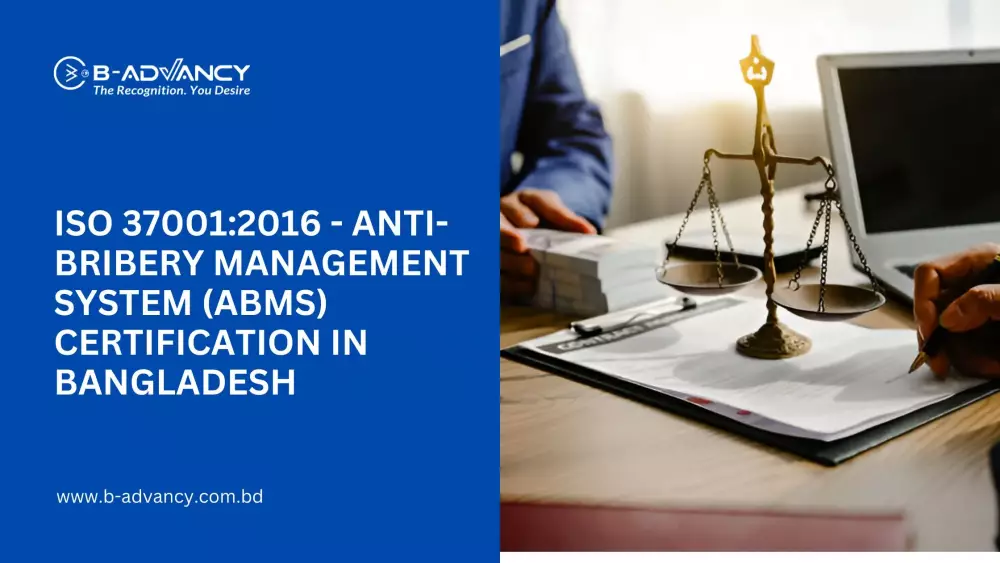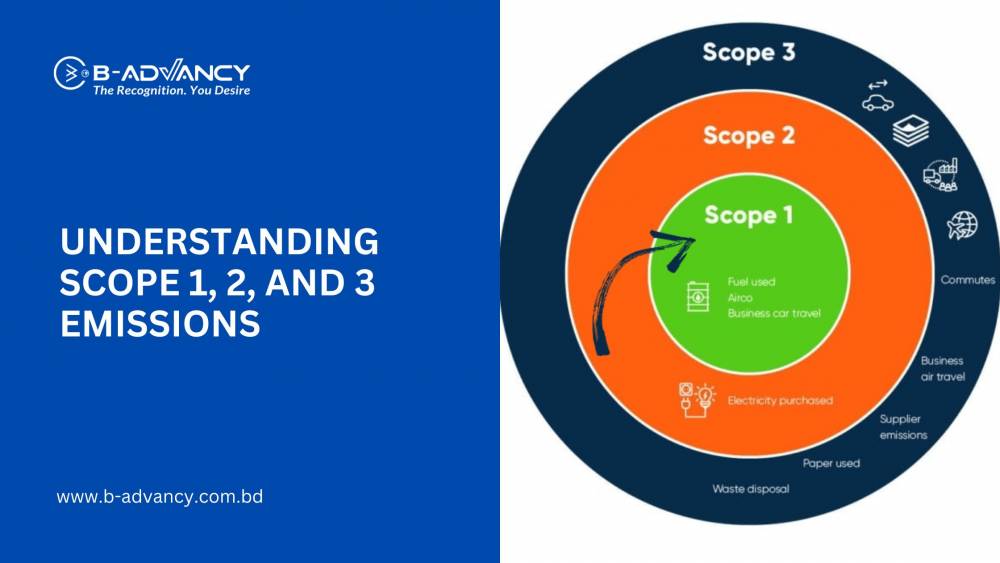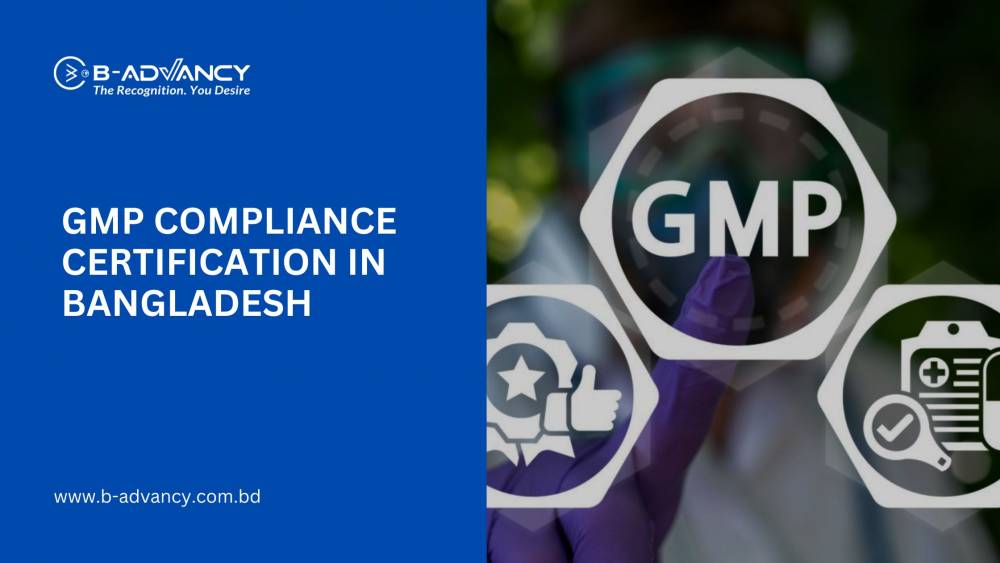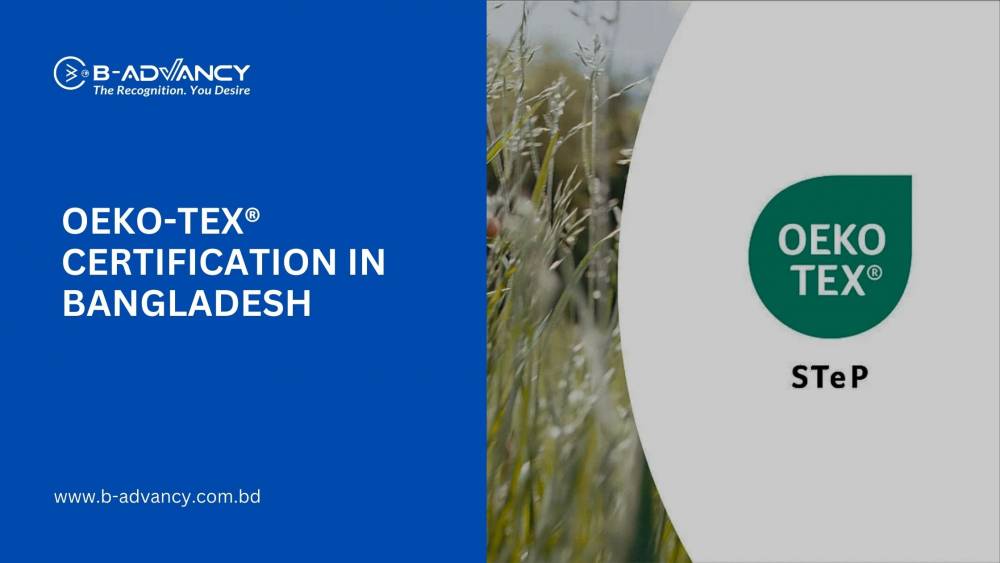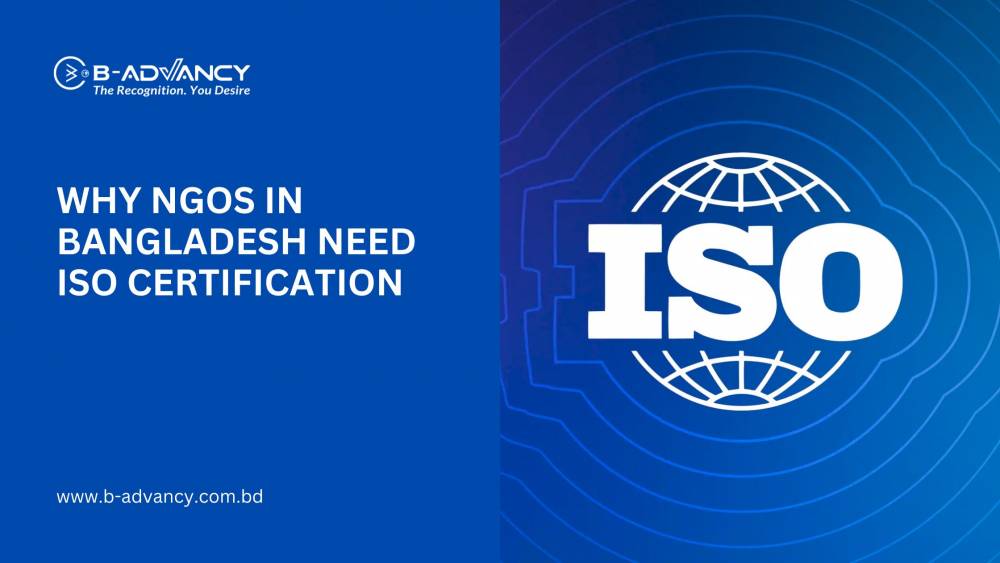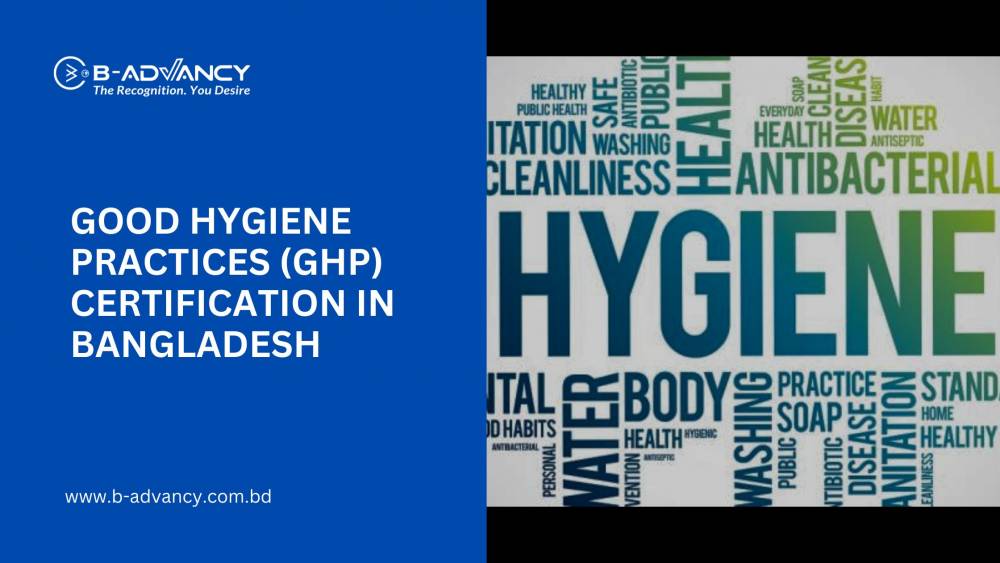What is ISO 45001?
ISO 45001 certification is a professional-level certification that provides evidence of an occupational health and safety management system's ability to protect workers from dangerous and unhealthy conditions. The certification can be earned by a company, or individual, who has passed the ISO 45001 test. The test is a series of questions that ask about a company's system's ability to prevent accidents and injuries.
The test is also used to determine whether a company is meeting the requirements of Health & Safety Management Standards (HSMS). These standards are set by the International Labour Organization (ILO) and are designed to help companies keep their workers safe. If someone passes the ISO 45001 certification, they will be able to use the term "ISO 45001 certified" in connection with their work.
Importance of ISO 45001 Certification
No one knows what will happen tomorrow, The ISO 45001 certification is extremely important for those businesses that have hazards in their working environment. So it is important to have an occupational health and safety management system in place in order to avoid potential accidents and incidents. ISO 45001 certification can help you achieve this goal. This certification is a must-have for any organization that wants to operate in the global economy. With it, you will be able to meet the rigorous requirements set by the organization’s governing body, the International Standards Organization (ISO).
What is The Latest ISO 45001 Version?
ISO 45001 is the latest version of the International Standards Organization's (ISO) standard for occupational health and safety management systems. The standard was created in 1988, and it has been updated multiple times. The latest version is ISO 45001:2018, which was published in March 2018. Today, it still remains an important tool for managing OH&S risk in the workplace. As businesses adopt the ISO 45001 standard, they will need to take into account a number of specific factors, such as employee vulnerability, environmental risks, and communication requirements.
ISO 45001 Certification Requirements
ISO 45001 is a certification standard for occupational health and safety management systems. This standard requires that an organization has in place an occupational health and safety management system that meets the specific requirements specified by ISO. The requirements for ISO 45001 can vary depending on the job field, but most organizations will need to include at least one of the following functions in their OSMS:
1. Innovation and Improvement - The organization must be able to constantly improve its OSMS in order to meet new challenges and meet the needs of its employees.
2. Compliance - All aspects of the OSMS must be legally compliant in order to be considered compliant with ISO 45001 standards.
3. Obligations - All aspects of the OSMS must be legally compliant in order to be considered compliant with ISO 45001 standards.
4. Organizational Design - All aspects of the OSMS must be designed in order to meet the legal requirements.
5. Process Design - All aspects of the OSMS must be designed in order to meet the legal requirements.
6. Information Systems Design - All aspects of the OSMS must be designed in order to meet the legal requirements.
7. Organizational Structure - All aspects of the OSMS must be designed in order to meet legal requirements.
8. Other Requirements - Other requirements that may be necessary for compliance with these standards.
What to Expect During the Certification Process
It can be difficult to know what to expect during the certification process. When someone going to apply for ISO 45001 certification for an occupational health and safety management system (OHMS), they are taking on a lot of responsibility. They need to be up to date on the latest OSHA regulations, have knowledge of the system, and be able to work with other professionals. Certification can also help reduce the risk of accidents or injuries in the workplace. So the process matters in many aspects regarding industry and business.
Benefits of ISO 45001 Certification
Occupational health and safety management systems (OHSS) are critical to protecting workers from harm.ISO 45001 certification offers employers and employees the highest level of assurance that systems are in place to ensure safe working environments. Certification can help prevent accidents, injuries, and lost time. Some of the benefits of ISO 45001 certification include:
✅ An audit that adds value
✅ A reduction in bureaucracy
✅ Systematic management of health and safety
✅ Enhances worker involvement and leadership
✅ Supplier and contractor management improved
✅ Supply chain value and assurance for customers
✅ Standards implementation and integration improved
✅ The standard for OHSMS that is internationally recognized
ISO 45001 Certification Validity Period
It is believed by some that if you get certified, the certification will never expire, and there are others who ask, does ISO 45001 expire? Here's the answer. The validity period for ISO 45001 certification is three years. This certification provides a level of assurance for the quality of an organization's products.
How to Get ISO 45001 Certification
To obtain ISO 45001 certification, businesses must meet several standards, including ISO 9001:2008. To get started on the certification process, businesses should first understand the basic concepts of the system. This will help them choose the right tools and resources to help manage their workplace safely. Additionally, businesses should consult with an experienced ISO 45001-certified consultant to begin developing their system.
How to Maintain ISO 45001?
ISO 45001, or the International Standards for Occupational Health and Safety, lays out the basics of how to manage an occupational health and safety system. This standard is used by companies all over the world in order to ensure that their workers are safe and healthy. However, keeping ISO 45001 up-to-date can be difficult. Here are five tips to help:
1. Make sure you have a copy of ISO 45001. This document will help you understand the basics of how your company operates and what safety measures need to be in place.
2. Familiarize yourself with the different pages of ISO 45001. This will help you understand which sections apply to which situations.
3. Check your company's policy on overtime work. If your company limits overtime work, make sure you know what this policy says!
4. Have a plan in place to monitor your company's safety systems.
5. Make sure that your company's safety system is up-to-date and meets ISO 45001 standards!












